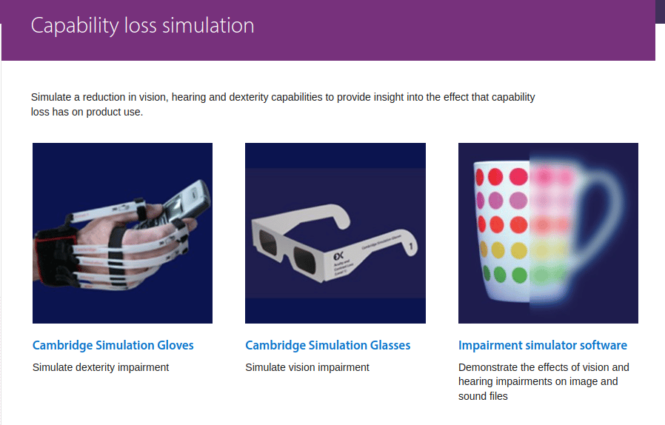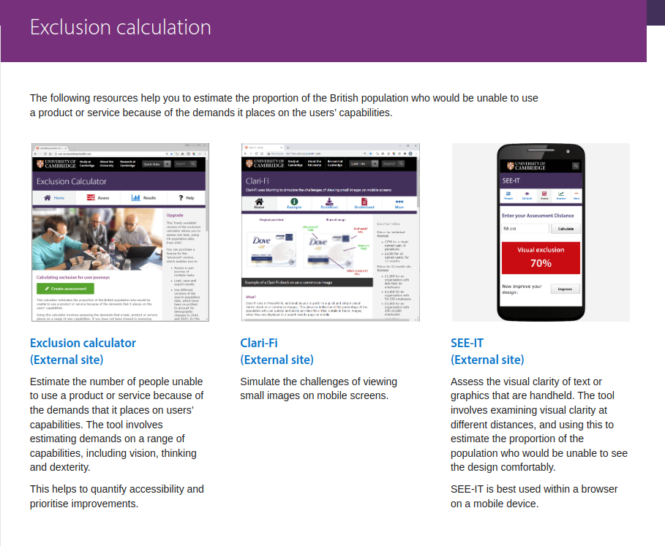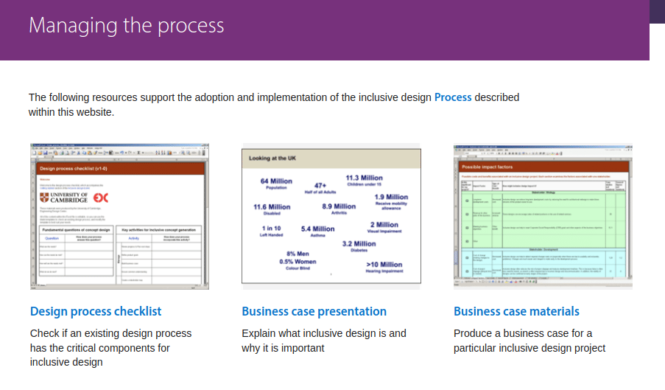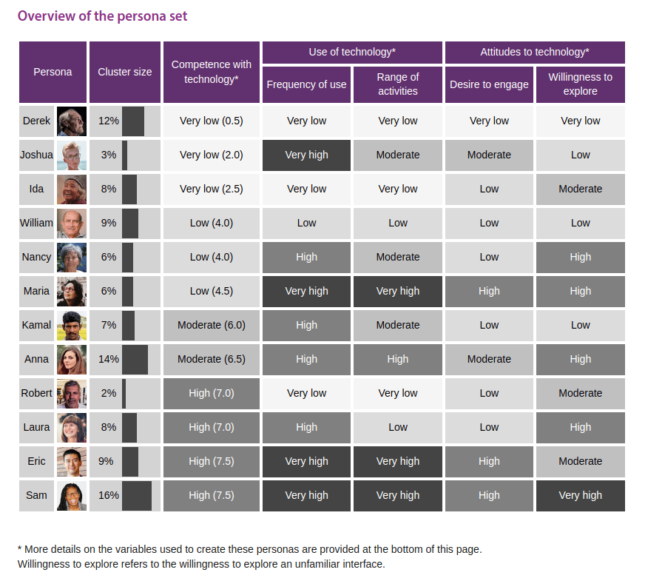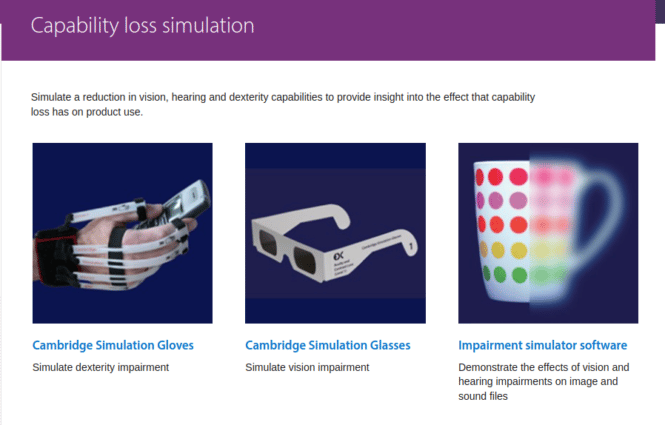
Simulating Disability For More Complete Accessibility Testing
From the University of Cambridge
The Kiosk Association is evaluating creating a test process for kiosk providers to offer customers where they test for accessibility. Some of the tools that can be learned from are the RNIB Tried and Tested certification. Members such as Storm Interface have products that have achieved certification under the Tried and Tested programme (in deference to UK).
Part of the criteria for the RNIB tests includes the use of “simulators”. Inclusive design means an older person with arthritis can conduct a transaction for example. That is inclusive design.
Disability Simulators – Here is the link
Accessibility Calculators – Estimating Exclusion
And while it is probably next to impossible to provide accessibility for all and any disabled, you can at least consider the percentage of audience that will be served (and not served)
Managing The Process
Personas — Having a complete set of profiled users is essential
RNIB Criteria
Test criteria for RNIB Tried and Tested
RNIB Tried and Tested certification (previously ” RNIB Approved”) relates only to the accessibility and usability of the product, website or app as assessed using the RNIB criteria set out below:
Websites
We assess against WCAG 2.1 AA standards and also include an assessment with high contrast schemes, as this affects a number of partially sighted people. An assistive technology assessment is then carried out using screen reader and magnification programmes to identify usability issues.
Apps
We carry out an assessment against RNIB’s internal app accessibility and usability guidelines. We use the speech and magnification software available on iOS and Android phones using recent or the latest operating systems.
Products
We carry out an assessment against RNIB’s internal inclusive design guidelines, which cover visual, tactile and audio aspects of the user interface. We use simulation devices such as apps and items from the Inclusive Design Toolkitdeveloped by Cambridge University, as well as the knowledge we have gained from observing blind and partially sighted people use products through our user testing.
All areas
For all areas, we carry out observed user testing once the issues raised in the expert assessment have been addressed. Observed user testing is always carried out with a minimum of 10 blind and partially sighted people.
RNIB uses its best endeavours during the testing to ensure accessibility and usability, but we make no comment on the content or general use of products, websites or apps beyond testing the product against the criteria set out above. Our aim is to assist blind and partially sighted people to identify when a product or service is accessible and usable and enable them to make an informed choice. We bear no liability for any use of the website, app or product or any information contained therein.
USEFUL LINKS
More Posts
- Considerations for accessible kiosk(Opens in a new browser tab)
- Does WCAG Apply to Kiosks?(Opens in a new browser tab)
- A Smart City Is an Accessible City(Opens in a new browser tab)
- WCAG 2.2 Working Draft May 2021 For Review and Comment(Opens in a new browser tab)
- Kiosk Accessibility Resources(Opens in a new browser tab)

